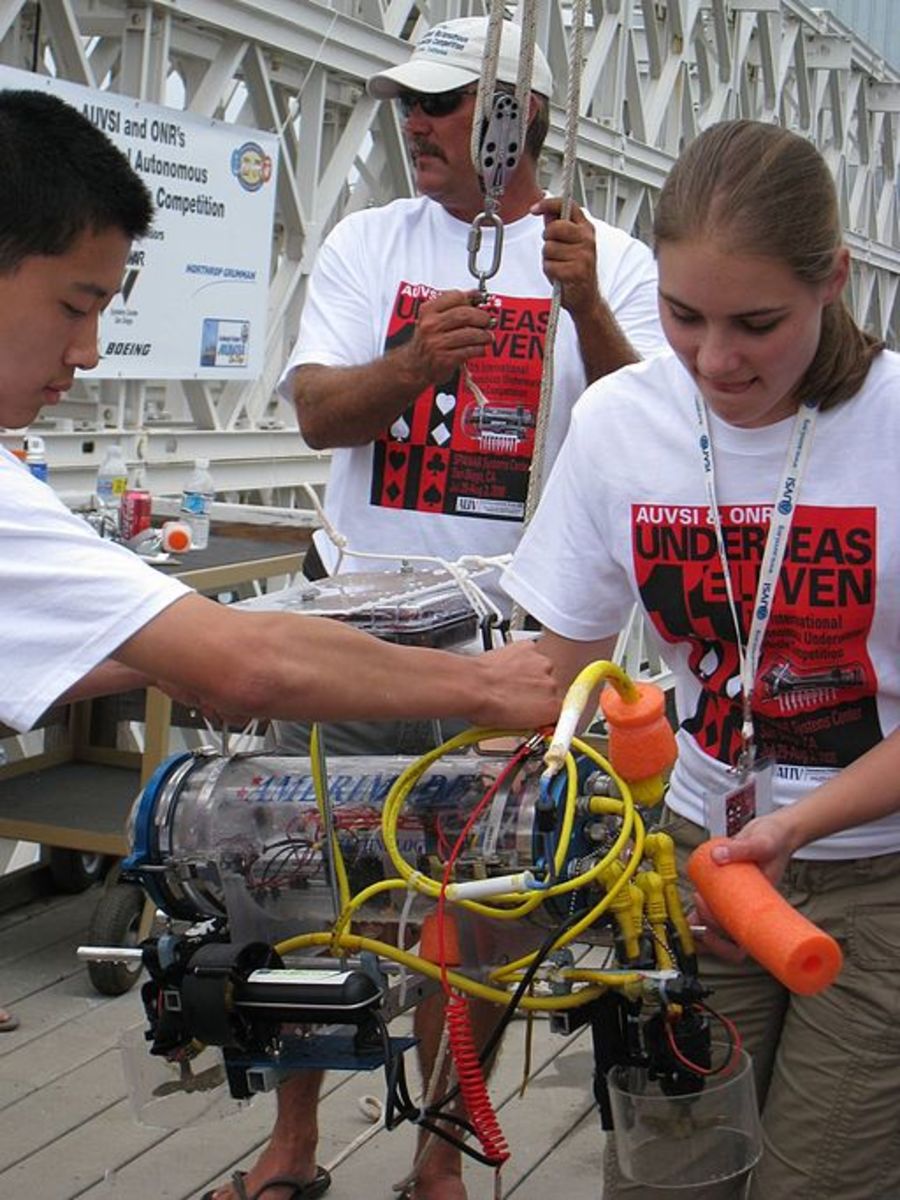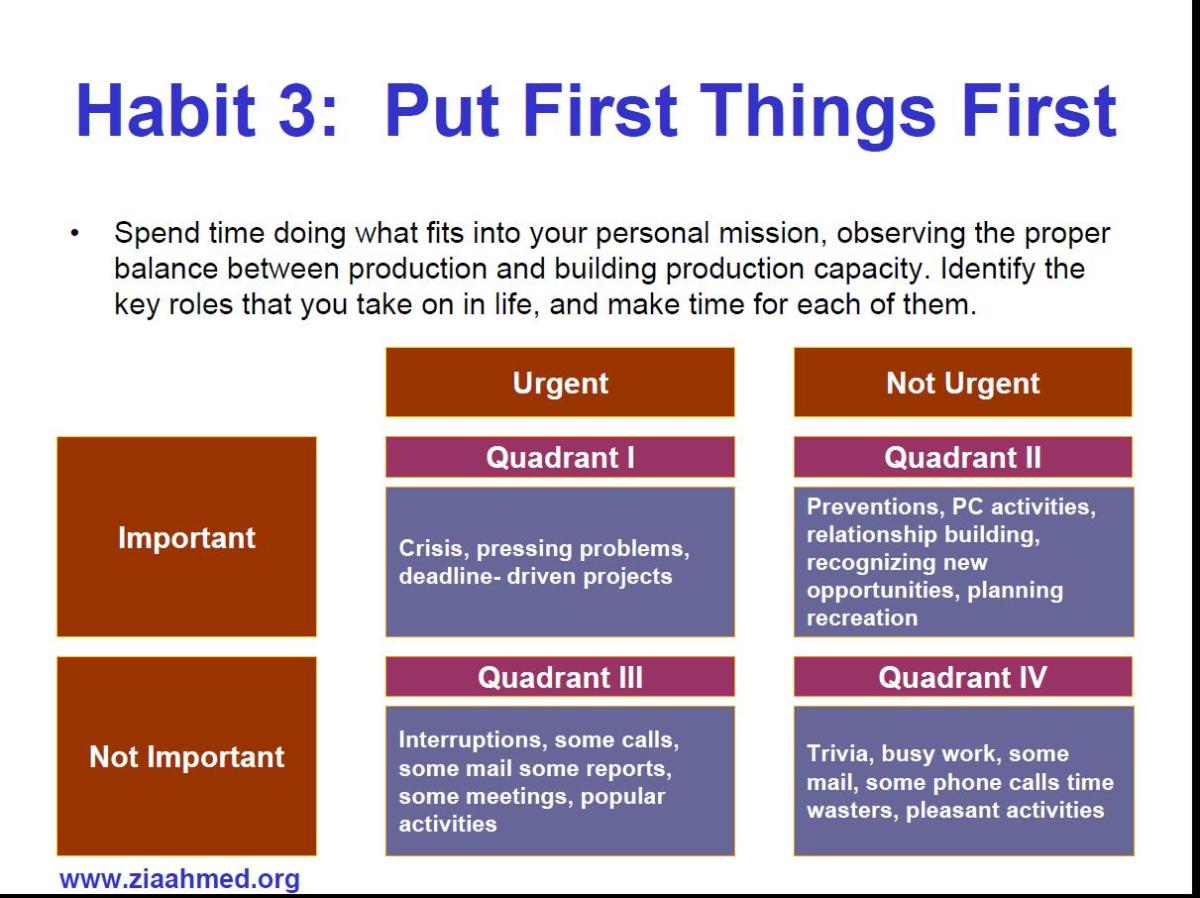Project evaluation, execution and management guide
What is a project?
A project can be described as a step into the unknown, greatly fraught with risk and uncertainty. It can be seen as a proposal for capital investment to develop facilities that will produce goods and services. It could be an investment in building something entirely new or the expansion or improvement of the existing facilities carried out by an individual, an organization, government or its agencies.
A project is undertaken independently of other projects as no two projects are alike, even repeat projects will still have difference in one or more areas. Examples of projects include establishment of a shoe factory, construction of high ways, provision of electricity, construction of bridges, construction of lecture halls and school facilities.
Need for project assessment
Therefore it is necessary to assess a project to help in the compilation of data which will enable an evaluation and appraisal to be made. This is to try to determine the project's economic advantages attendant upon the allocation of resources over a specified period of time.
Project assessment involves a probe by a group of experts into the working of the project, in order to find out its projected achievements. Also, to find out the operational, technical, economic, financial and managerial weaknesses as well as to suggest ways and means of overcoming them to improve the project's efficiency. It is the process of evaluating the rate of return on a project, on employment, labor requirements, training and re-training and on the rate of re-investment. It weighs the impact of a new project on the people of an area socially and economically.
A project should be concerned with the planning and establishment of an operating system, the acquisition of the resource requirements, the schedule of activities (time span), and review of the entire process with the purpose of predicting or foreseeing as many dangers and problems as possible. This is so as to plan and control activities so that the project is completed successfully in spite of the difficulties and risks.
A project should be evaluated before resources are committed and the assessment is expected to continue until all work is finished and carried out in a way that satisfies the project sponsors performance and quality requirements within a time scale and without using more money or resources than those originally set aside or budgeted.
A housing project

Types of projects
A project could either be a private or a public venture;
Private: These are projects that can be described as those investment by individuals and organizations whose main Interest is generation of returns on such investments. However, some private organizations carry out some projects for social benefits only, especially for philanthropic agencies such as Rotarian club, WHO, UNICEF, etc.
Public: These are investments or projects carried out by various levels of government (federal, state or local), and their agencies. The main focus is usually social in nature but sometimes could also be economical.
Examples of public projects with social intentions includes provision of educational, health institutions, construction of highways, housing facilities, provision of street lights, security, etc.
Public projects with economic benefits includes construction of nuclear or petrochemical plants, refineries, seaports, etc.
Classes of projects
Projects can be classified into:
Engineering projects
These are projects that are undertaken on a field site exposed to several natural elements, away from the head office, and can be civil, mechanical or structural in nature.
Industrial projects
These are projects often conducted in a factory or a home based environment. The company is able to exercise on the spot management and ensure provision of an optimum environment. Industrial projects develop and produce new products such as a piece of equipment or machinery, or other products of specifically designed or hardware.
Research projects
These are projects aimed at extending the boundary of current knowledge. The end objectives of research projects is usually difficult or impossible to define, involves considerable utilization of funds and comes with very high risks.
Management projects
These arises due to company relocation, developing and introducing new products, preparing for a trade exhibition, organizational restructuring, staff training and retraining, etc.
Phases of a project:
1. Initiation phase, Idea or concept generation stage
2. Planning and development phase
3. Closing phase, Project review, final report delivery and transfer to operators
Sources of project ideas
-Project ideas can come from members of the organization.
-From the projected potential beneficiaries of the project.
-From project/ industrial directories.
-Import substitution, etc
Reasons for evaluation of projects
1 knowledge of how to evaluate a project would enable stakeholders appraise, and comprehend the work of consultants.
2 Most international and development agencies require evaluation of a project report as a prerequisite for offering assistance or loans.
3 A well prepared and articulated project evaluation report should be the basis of planning for rapid development in emerging businesses and economies. It should contain how to adopt sound corporate ethics in the running of the business, conduct environmental analysis, plan delegation /division of labor, budgeting and control, training and retraining, research, etc.
4 Project evaluation report serves as a point of reference during the execution and operation stages of a project.
Essential skills in project management:
(i.) Sound leadership skills
(ii.) Good Experience and knowledge of the scope of the project
(iii.) Excellent communication skills
(iv) Management skills: organizing, coordinating, monitoring and control of people and resources
(v.) Conflict resolution skills
Manpower requirement advice:
(a.) Submit to professionals in certain activities
(b.)To get the best, pay for the best
(c.)Keep the workforce motivated
(d.)Have a keen eye for details, manage project without undue over supervision
Project in progress

Four stages in evaluating a project
1. Evaluation before project is commenced
2. Review of the project while its in operation, to find out how much has been accomplished and what remains to be done.
3. To suggest ways or means of correcting and improving the project processes /operations in order to block any loopholes.
4. At the end of the project, the end results is compared to the initial evaluation report.
Project planning activities
-Collect requirements
-Define scope of the project
-Define activities
-Sequence activities /work breakdown structure to show work hierarchy pyramid
-Estimate each activity resource requirements
-Estimate each activity duration
-Develop a schedule
-Determine budget and total cost estimate
-Plan quality expectations
-Develop a human resources plan
-Define communication modes
-Identify risks, perform risk analysis, plan for risk response and management
-Develop a procurement plan
Project planning

Methods of evaluating a project
1. Determine all the technical and economic features in detail.
2. Calculate the influence of the project on the economy, during the construction period as well as during the operational period.
3. Evaluate the consequences of the project to ascertain the direct contributions of the project to production within the sector of the project, and the indirect contributions to other sectors vertically connected to the project, technological links for instance.
Why projects succeed
| Why projects fail
|
|---|---|
Sound project management processes
| Poor/ inconsistent business model
|
Top management commitment to the project
| Leadership lack of commitment
|
Detailed project requirements
| Lack of clear and comprehensive requirements
|
Realistic schedule
| Absence of user involvement
|
Good relationship with stakeholders
| Use of unfamiliar technology
|
An empowered project manager
| Inadequate project planning
|
Skilled team with clearly defined roles
| |
Availability of funding
|
Project funding
Sources of finance for a project includes:
-Investment from personal savings
-Borrowing from family and friends who trust you with a promise to pay back with or without interest depending on agreed terms.
-Going into partnership: An investor who can provide part or all of the funding for the project can be wooed to agree to sign an MOU or partnership deed with you while you provide the technical know-how and part of the funds to commence the project. Terms of the partnership is usually set by you the project originator while you search for an investor who will agree to it.
-Bank borrowing: with available collateral, one can borrow from banks to pay back at their set interest rates.-Venture capitalists:
-Foreign investors are a good source of finance through joint venture arrangement.
Management projects

Project considerations
Cost of capital:
The cost estimate is simply one side of the coin while the source and method of financing is the other side. Like the balance sheet, the level of one determines the level of the other. So therefore, the structure of one must have implications for the structure of the other.
Cost of capital actually refers to the cost of raising capital in terms of interest rate, that is, the fees a lender charges on the credit advanced to an entrepreneur or public limited company. The lender is trading with his money and the interest charges on it is the profit accrue-able to him from such a deal.
Social cost / benefit analysis:
company The social cost of a project is the benefit sacrificed or foregone elsewhere in the economy by using resources for the project. It describes sacrifices that the entire community makes in order to have an investment project. On the other hand, Social benefits of a project is also the output of the project which contributes to the fulfillment of the fundamental objectives of the environment/ economy and may not directly or indirectly bring about financial gains or profit. Therefore, the social benefits and cost of a project could be defined in relation to their effects on the fundamental objectives of the economy or nation.
Economic analysis:
It is essential to carry out an appraisal of the local, regional, national and international economic climate within where an investment proposal is to be implemented. Economic analysis aims to determine the most cost effective source of raw materials and to ascertain the continuity of supply. It also seeks to establish:
-The level of demand for the proposed project output
-level and pattern of income distribution.
-trend in the capital market.
-General price level in the economy.
-The taste of consumers.
-Productivity and production function.
-Availability of foreign exchange.
-Tax structure, insurance conditions, etc.
Technical feasibility assessment:
This can be described as the preparation of a detailed study which aims at examining the possibility, profitability and effectiveness of the technical requirements for a proposed capital investment project. It considers such things as whether the equipment will deliver the projected output of the investment and whether the technical requirements will succeed or fail in delivering the required expectation as projected. The technical considerations includes:
-Description of the facilities
-space requirements
-Plant layout and size
-Purchasing methods
-Production control /schedule of production
-Machinery and equipment
-Raw material components
-Production capacity of equipment /machinery
-Room for possible future expansion.
-Quality of output.
-Utility requirements (fuel, electricity, gas, water, etc.).
Vantage siting of a project is key

Project site selection
This is the location of a project in a particular place due to certain factors that favors its establishment. The best site for a project is that which gives the lowest total transportation cost both during procurement and during distribution. The general factors influencing location and siting of a project includes:
i. Easy access to raw material
ii. Proximity to (nearness) market
iii. Nearness to source of power.
iv. Presence of other projects.
v. Availability of appropriate and needed labor
vi. Government policy
vii. Sociopolitical factors
viii. Legal factors, etc.








